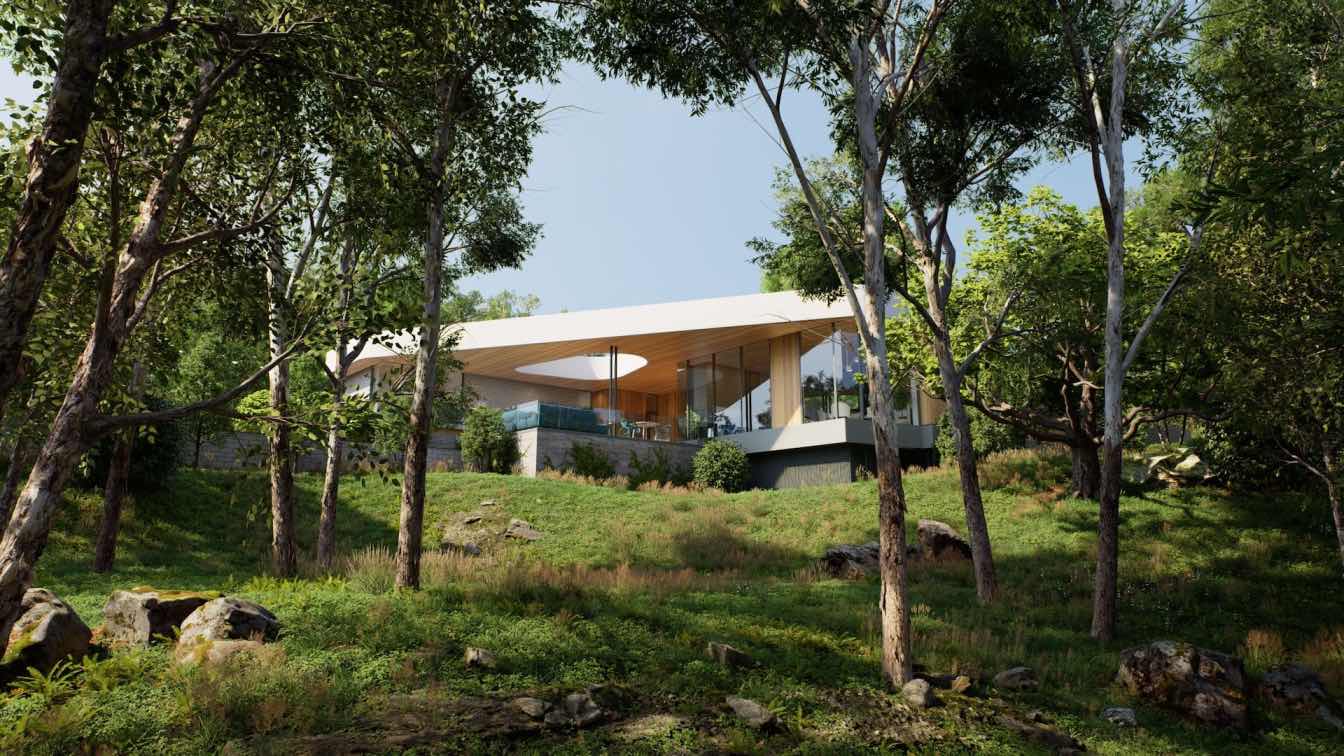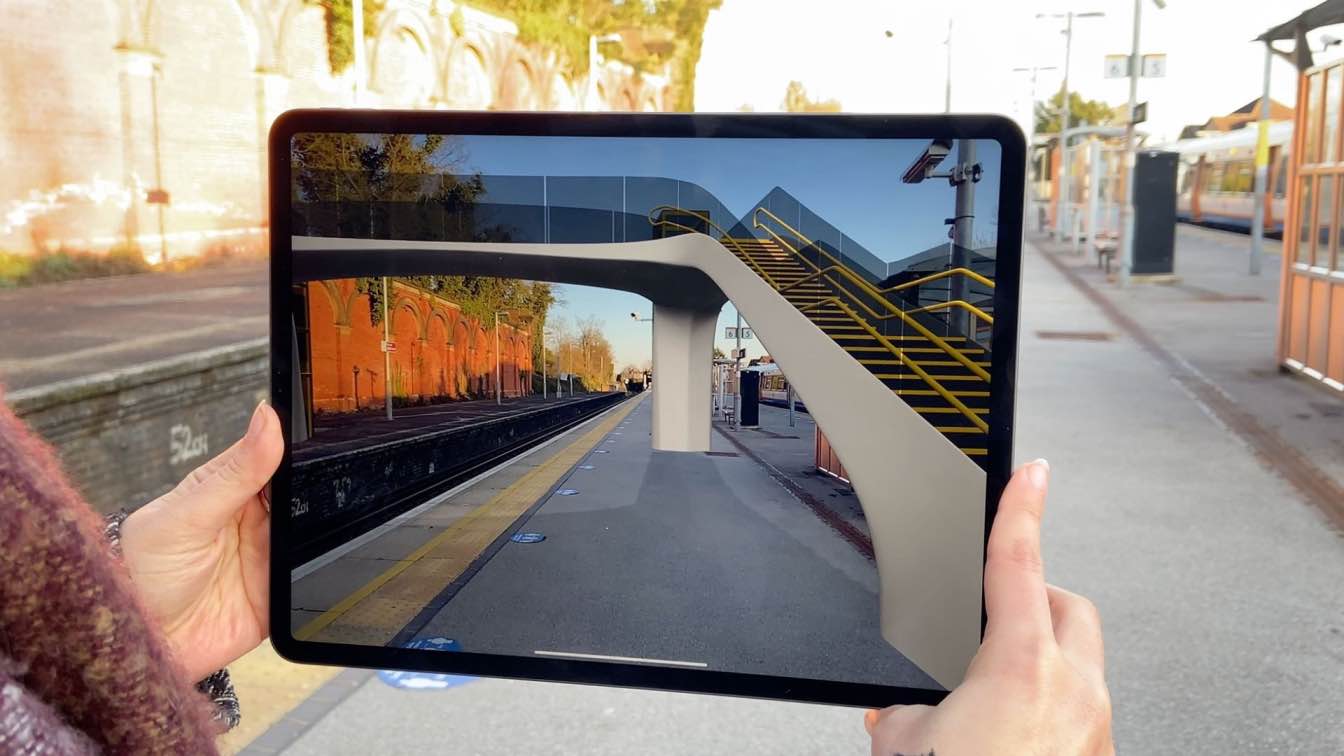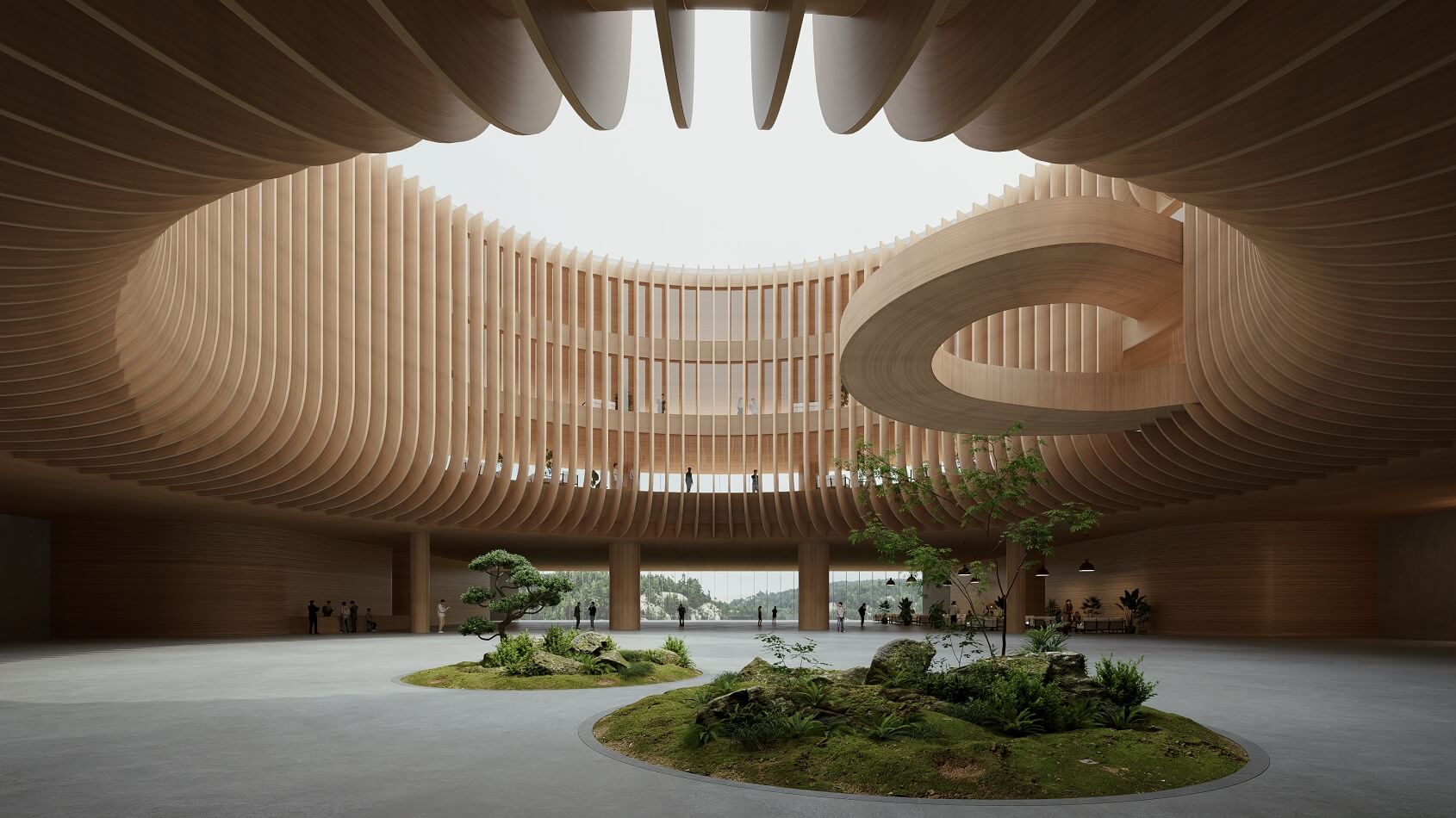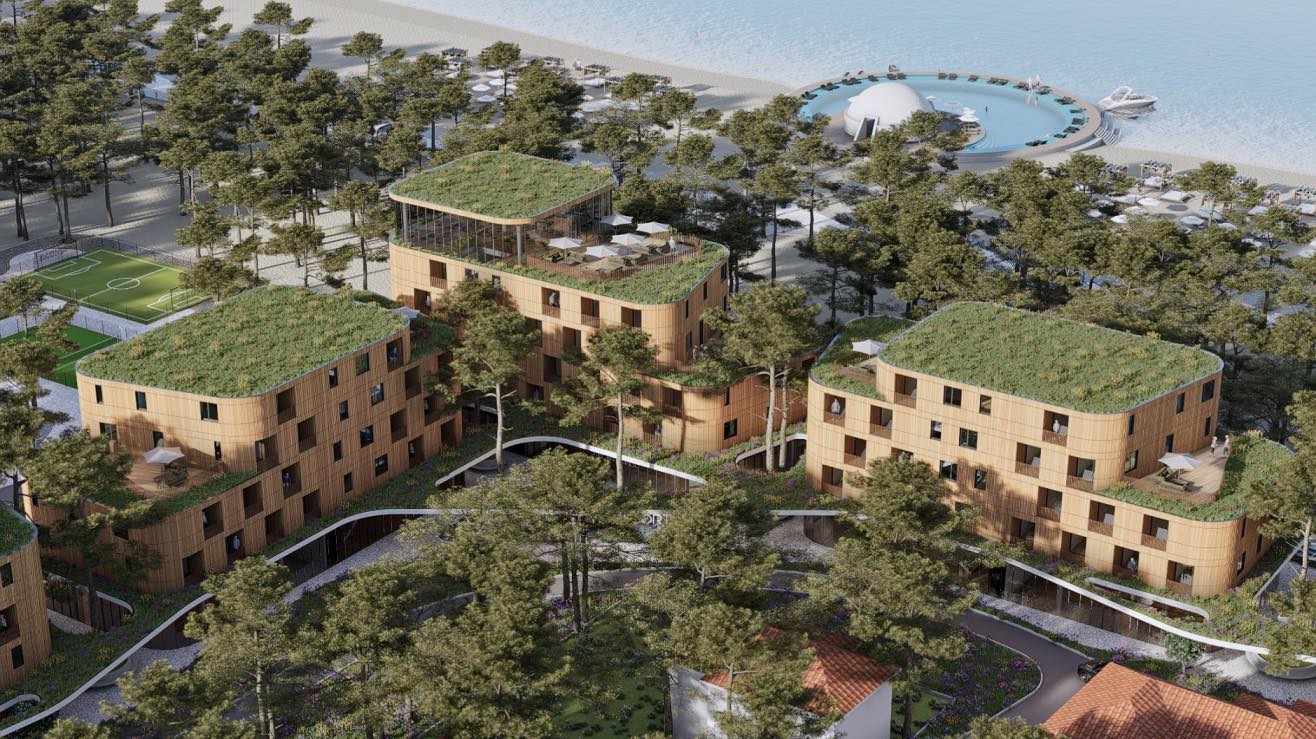The Challenge: Bridging the Communication Gap in Architecture
Architects often find themselves explaining complex designs, spatial relationships, and materials to clients, investors, or stakeholders who may not have a background in architecture. While technical drawings, blueprints, and 3D models are standard tools, they can often feel abstract or overwhelming to non-architects.
For decades, architects have faced a persistent challenge—how to effectively communicate their vision to clients who lack technical expertise. While architects rely on blueprints and 3D models, many clients struggle to translate these abstract representations into tangible realities, leading to misaligned expectations and last-minute design changes. The problem isn’t just about visualization—it’s about understanding the very essence of space, scale, and experience.
Why Non-Architects Struggle to Visualize Designs
Understanding architecture is not just about looking at blueprints—it’s about perceiving space in ways that aren’t always intuitive. The human brain processes depth, scale, and volume through real-world experience, not abstract representations. Traditional architectural drawings often fail to provide that sensory understanding, leaving many clients struggling to grasp the true essence of a design.
 Artist: Ö-orio Arnon
Artist: Ö-orio Arnon
Most clients rely on intuition and emotion when assessing a space rather than technical knowledge. Architecture is not just about constructing buildings; it is the thoughtful design of spaces. However, this understanding remains largely obscure to many. Traditional methods like CAD drawings, sections, and floor plans can feel too abstract for them to fully grasp how a space will look and feel.
The Solution? Real-Time Rendering & Immersive Storytelling.
In industries like film and gaming, immersive world-building is an expectation. Why should architecture—a field responsible for shaping real-world spaces—lag behind? Real-time visualization tools help bridge this gap by offering dynamic lighting, realistic materials, and spatial depth that traditional methods lack. By using real-time visualization, architects can move beyond technical jargon and communicate ideas in a way clients intuitively understand. Instead of static images or complex explanations, clients experience dynamic lighting, realistic materials, and spatial depth in real-time, fostering an immediate connection with the design.
Many clients struggle to visualize architectural concepts, leading to misaligned expectations. Clear, jargon-free communication, supported by relatable analogies and immersive tools like D5 Render, helps bridge this gap, making complex designs more accessible and engaging.
The Role of AI-Powered Visualization in Architectural Communication
1. Real-Time Walkthroughs for Instant Understanding
Instead of flipping through 2D blueprints, clients can experience an immersive, lifelike walkthrough of their future space.
D5’s real-time rendering allows for adjustments on the fly—changing materials, lighting, or furniture to match their expectations instantly.
2. Emotion-Driven Visuals: Creating Atmosphere & Mood
Clients don’t just buy structures—they buy experiences.
With AI Atmosphere Match, architects can upload a reference image and instantly match the mood and lighting, helping clients visualize exactly what they want.

3. AI-Powered Enhancements for Faster Decision-Making
Features like Text-to-3D can generate conceptual elements in real-time, streamlining early design discussions.
AI Material Maps intelligently applies materials to surfaces based on context, reducing manual adjustments and ensuring realistic textures.
4. Photorealism That Eliminates Guesswork
High-quality, realistic textures and reflections ensure that what the client sees in the render is as close as possible to the final built environment.
No more uncertainty or last-minute changes—clients approve designs faster when they can see and feel the space before construction begins.
The Impact: Faster Approvals & More Confident Clients
By bridging the gap between technical expertise and client expectations, D5 Render empowers architects to:
Reduce miscommunication and last-minute design changes.
Increase client confidence, leading to faster approvals.
Deliver more compelling presentations that win projects.
In a world where visualization is key to understanding, real-time rendering is no longer a luxury—it’s a necessity.
Conclusion: The Future of Architectural Communication
 Artist Gabriela Krasińska
Artist Gabriela Krasińska
If a client struggles to grasp a design, is it their fault for not understanding—or the architect’s fault for failing to communicate effectively? The tools for more intuitive, experiential design communication are already here. The real question is: will the industry embrace them, or continue relying on outdated methods? The future of architecture depends on it.
As architecture becomes more client-driven, the ability to effectively communicate design intent is more crucial than ever. D5 Render is transforming how architects engage with clients, making complex ideas instantly understandable and visually captivating.





